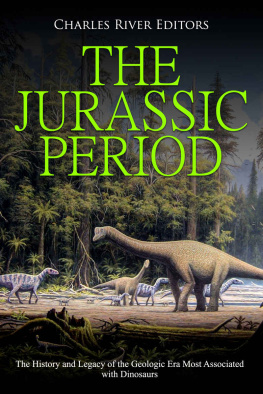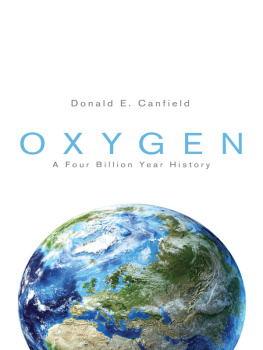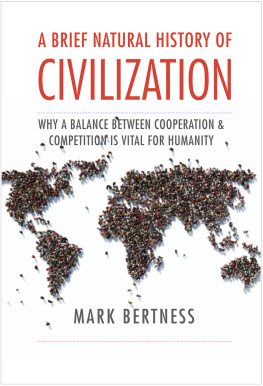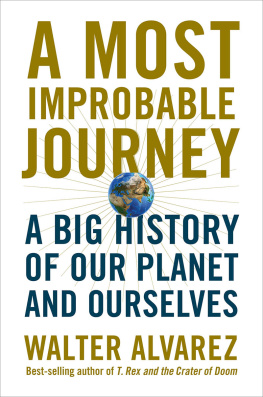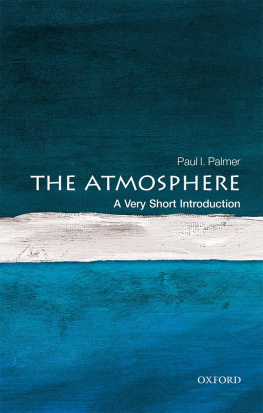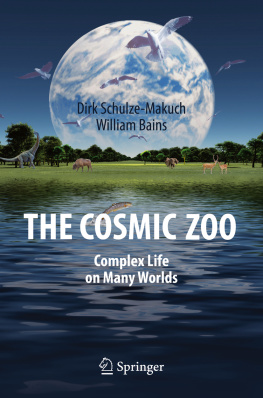Springer Praxis Books Popular Science
For more FREE books, go to: www.textseed.xyz
George H. Shaw
Great Moments in the History of Life
George H. Shaw
Geology Department, Union College, Schenectady, NY, USA
Springer Praxis Books
ISSN 2626-6113 e-ISSN 2626-6121
Popular Science
ISBN 978-3-319-99216-7 e-ISBN 978-3-319-99217-4
https://doi.org/10.1007/978-3-319-99217-4
Library of Congress Control Number: 2018955499
Preface
About 20 years ago, I taught a course in Historical Geology, a standard in the geology curriculum describing the methods of geology used in unraveling the history of the Earth and a summary of what those methods reveal. After teaching the course a couple of times, I thought about a different course, one focusing on a small number of happenings that I believe were critical in the emergence and development of life. A book published several years earlier, Major Events in the History of Life , was a partial inspiration for the topics and the title of the course: Great Moments in the History of Life . While that book focused on six important areas, my course added several things and gave more attention to those aspects I found especially interesting. This was (and is) partly because of my geologic perspective but also my long-standing interest in astronomy and astrophysics, and biochemistry.
I have thought about writing this book for a few years, in part as a result of working on another book which addresses some of the earlier aspects of the emergence of life. Having completed Earths Early Atmosphere and Oceans, and The Origin of Life , I decided to work on something of a less technical nature and broader scope, the present effort. In addition, during the past few years, historians have developed courses in something they call Big History. This is typically an introductory-level course that pushes the timeline back to the origin of the Universe from several thousands of years ago. I have given guest lectures in this course a couple of times, very rapidly covering much of prehistory (in the strict sense). While I applaud the effort to expand students perspective when it comes to history in the broadest sense (and possibly introducing a few students to the joys of geology!), I have found that the limited time available leads to a rather superficial treatment. One of my goals in the present book is to provide an accessible and reasonably concise treatment that might be used as supplemental reading for those students wanting to learn a bit more, and which might also be useful as background reading for those teaching Big History.
George H. Shaw
Schenectady, NY, USA
Contents
Springer Nature Switzerland AG 2018
George H. Shaw Great Moments in the History of Life Springer Praxis Books https://doi.org/10.1007/978-3-319-99217-4_1
1. Introduction
George H. Shaw
(1)
Geology Department, Union College, Schenectady, NY, USA
Abstract
When looking at events with a geological perspective a moment might be a very long period of time. The events discussed here range in absolute time from seconds or days to as long as tens of millions of years. The geologic record is very sparse for extremely old events on Earth, and virtually non-existent for times before the solar system formed. The earliest events, such as the Big Bang origin of the Universe, production of heavy elements in stars, and the formation of the Sun and Solar System can only be understood by general principles of physics, with observation of the current state and activity on astrophysical scales. This early (astro)physical viewpoint shifts to considerations of chemistry and biochemistry even before we arrive at the point where there is a geological record preserved in rocks. Past that point we can describe several important transition points where life turned a corner, and subsequent history of the planet and life entered a new phase. There were bursts of biological innovation and maybe extinction events before we arrived at our current state. What the future holds may well depend on how we apply what we have been able to learn about the past, and how life has responded to changed conditions.
Keywords
Astrophysics Chemistry Biochemistry Geology Extinctions
What might constitute a great moment in Lifes long history? What might moment mean in this context? It would probably be more accurate to say turning point or transition but such terms have their own problems. From a geological perspective a moment might be viewed as a rather long period of time, perhaps as much as a million years or more. Our ability to resolve time using what is preserved in rocks is certainly limited. We can sometimes identify very short-term events, such as an enormous volcanic explosion, but this is usually the exception rather than the rule. On the other hand, moment captures the idea of a significant departure from what previously existed to what follows.
Some of the moments Ive chosen are obvious, perhaps even well-known from popular literature, such as the extinction of the dinosaurs. Others may not be so obvious, but are critical in one way or another. The first I discuss, the origin of the Universe, could be taken as a given, except that a closer inspection reveals some very important aspects of this singular occurrence. A lot has been written about the Big Bang, which is now widely thought to be an apt description of an event about 13.5 billion years ago. The details can involve highly complicated discussions of the properties of matter under extreme conditions, but a few are so important in setting the stage for the eventual emergence of life that a brief treatment is, I believe necessary. Closely connected to the origin of the Universe is the development of galactic systems and the development and life cycles of stars. Stars can be looked at as factories engaged in the production (and in some cases dispersal) of chemical elements, including those most vital to living organisms. These first two moments (from now on you can assume the presence of the quotes!) are covered together and sequentially in this chapter.
As far as we know we need planets for life to develop. While it is possible to imagine life developing without planets, there are good reasons to focus on the conditions that can occur on planetary surfaces as conducive if not necessary for life to emerge. I use the word surfaces quite intentionally. Again, life could conceivably begin in a more or less dense atmosphere such as surrounds the gas giants in our solar system (and probably around other stars, too) but there are reasons to consider terrestrial-type planets with rocky surfaces as a more likely origin-of-life locale. The current search for earth-like planets recognizes the higher probability of life emerging in such a setting. With that in mind, the next moment concerns the processes and resulting conditions attendant upon formation of a rocky (terrestrial-type) planet. These conditions are described in Chap. and set the stage for the next step.
There must certainly be a phase in planetary history, and the ultimate emergence of life, in which prebiotic chemistry assembles organic molecules necessary for life. It is not known, even in the case of Earth, how long this period may have lasted. We still do not know, and may never be able to pin down, just exactly when life first arose on this planet, to say nothing about hypothetical planets elsewhere. Some of the suggestions for earliest life on Earth tend around 4 billion years ago, about 500600 million years after Earths formation. It is not unlikely that life could have started much earlier than that, but the absence of preserved material in the geologic record seems to preclude firm conclusions about these earlier times. Still, we can use the very numerous experiments that have been done in laboratory settings to draw some conclusions about what compounds were present and even make some guesses as to where and how (and how probable) life first began. This thinking is clearly informed by what we know of the biochemistry and molecular biology of life. We should, of course, keep in mind that the most primitive life meeting the minimal conditions to be called out as such may be noticeably less complex than what we observe today. Chapter examines these ideas in some detail.



